∞(無窮)騎樂(yuè)
上帝不響。如歌單車......Never too late for a happy childhood (young-at-heart is so easy — pedaling a revolution from within)...
個人資料
最新文章
文章分類
歸檔
2004 (30)
2005 (484)
2006 (237)
2007 (154)
2008 (97)
2009 (85)
2010 (64)
2011 (32)
2021 (1)
2023 (1)




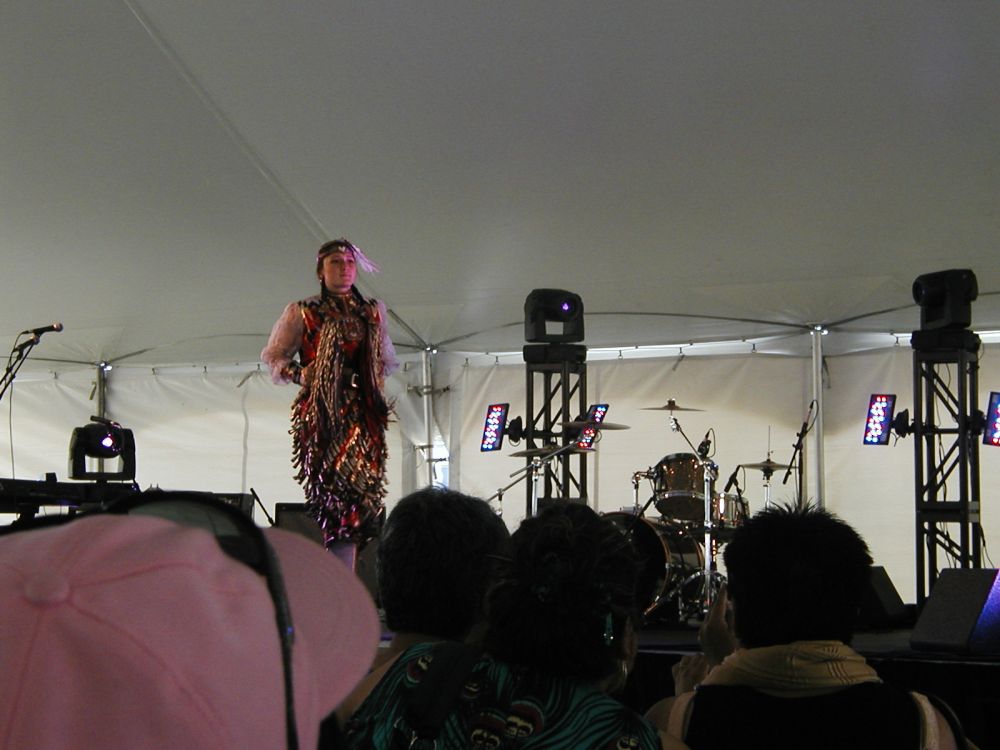
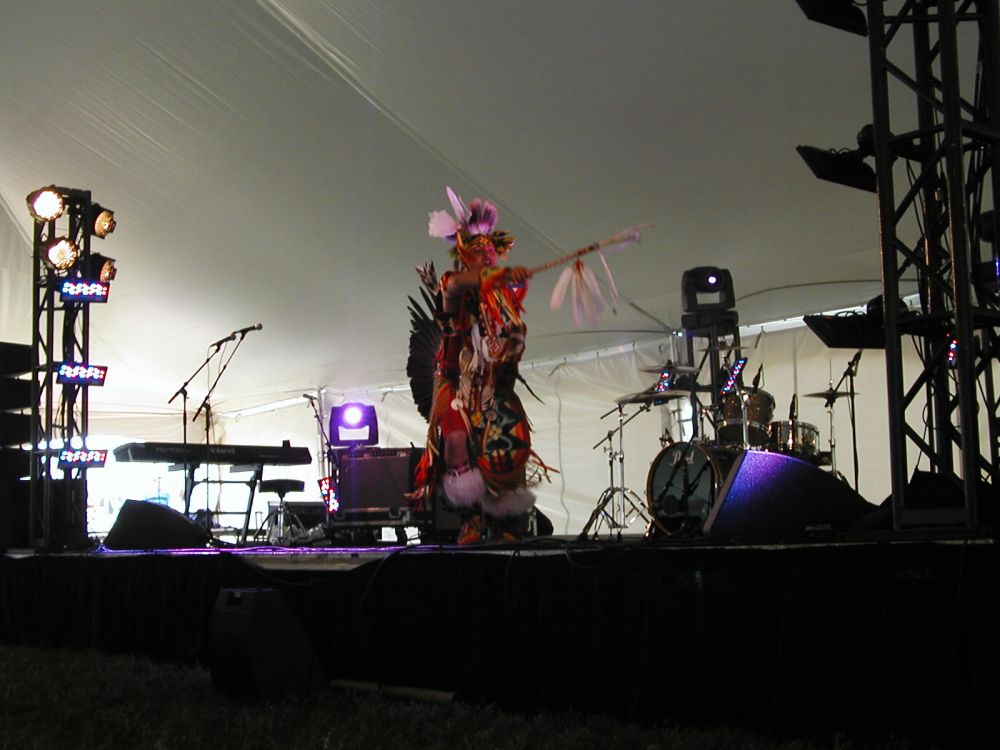
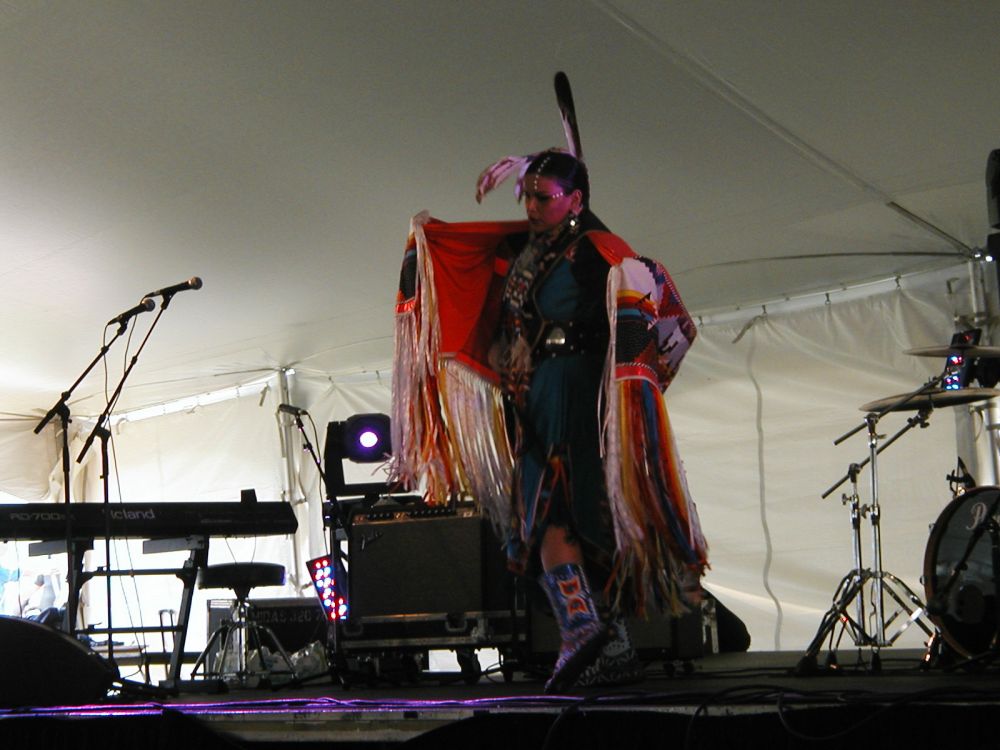

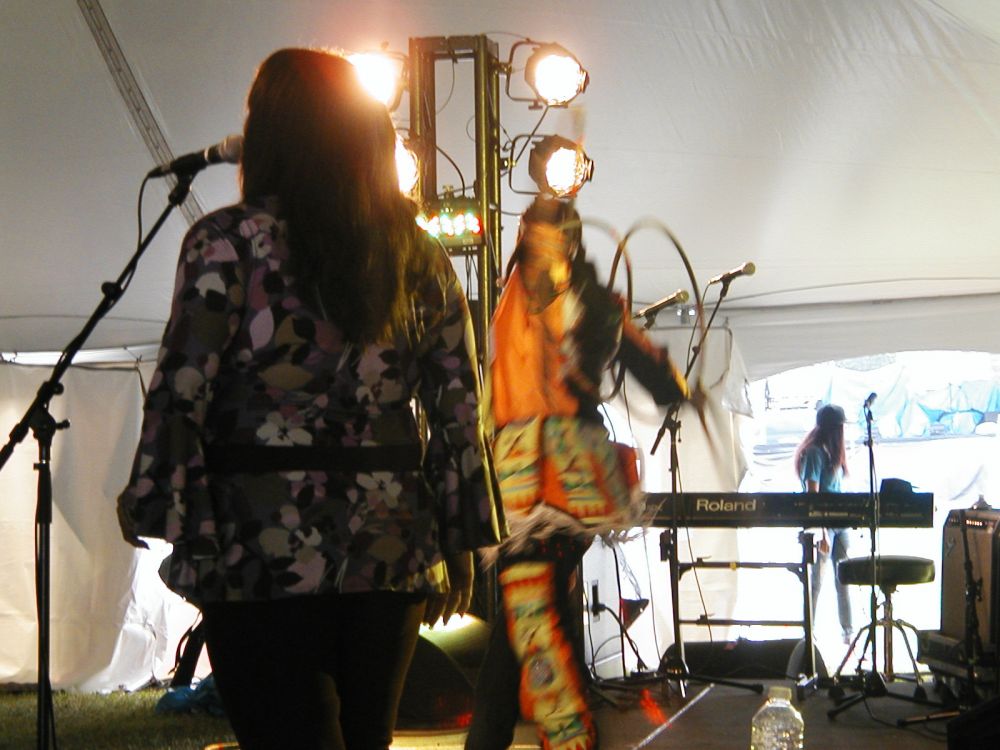
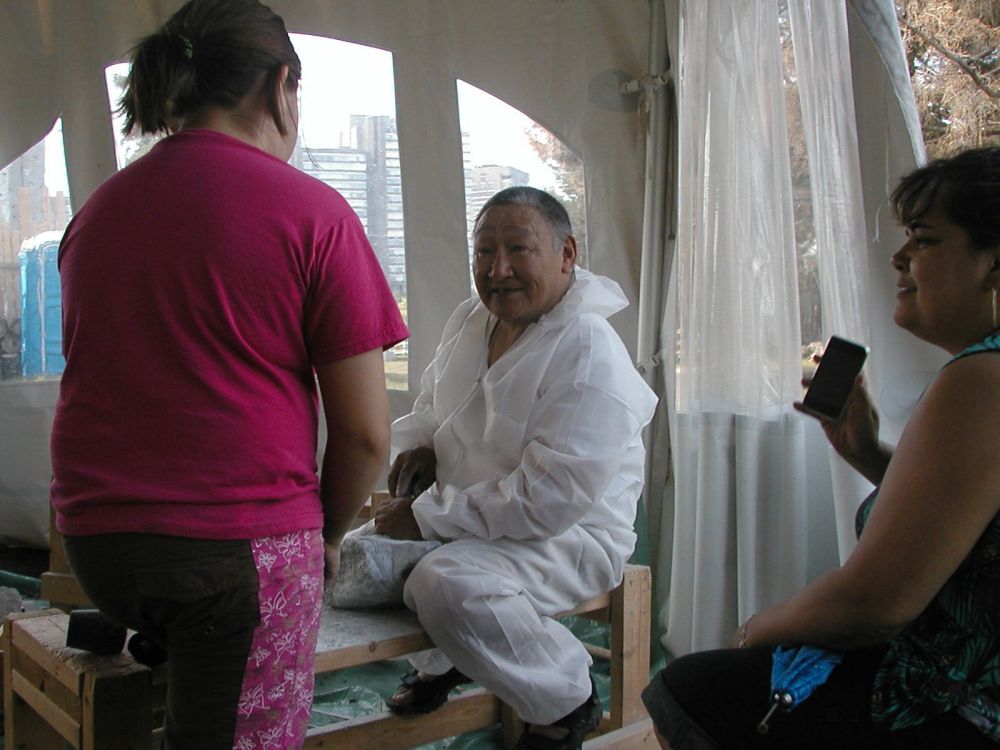
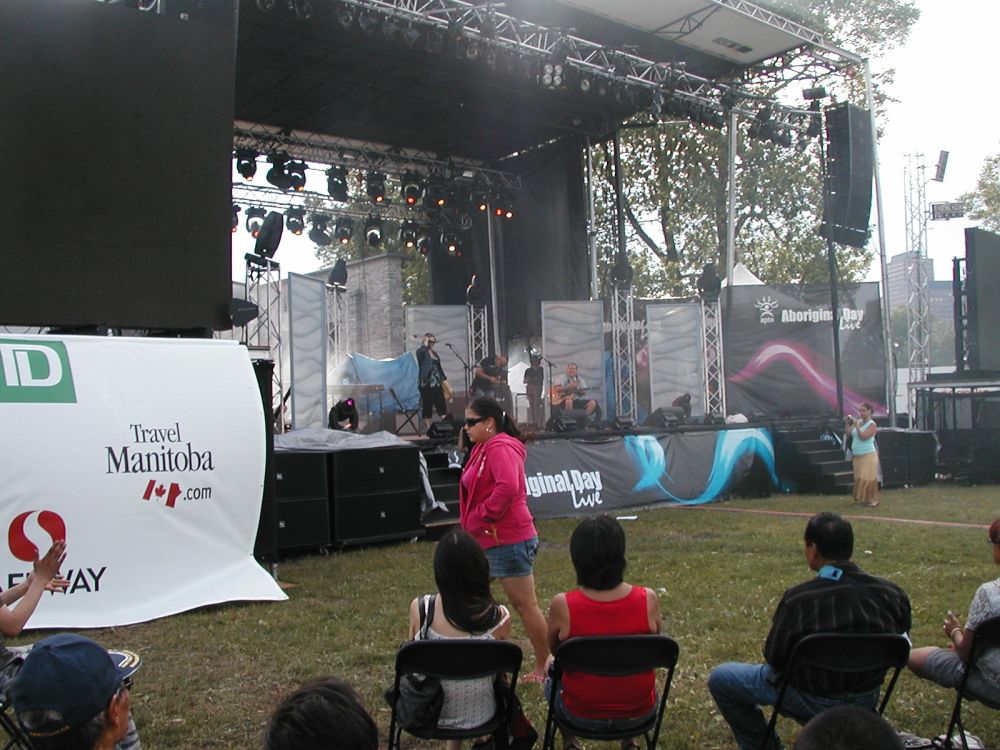
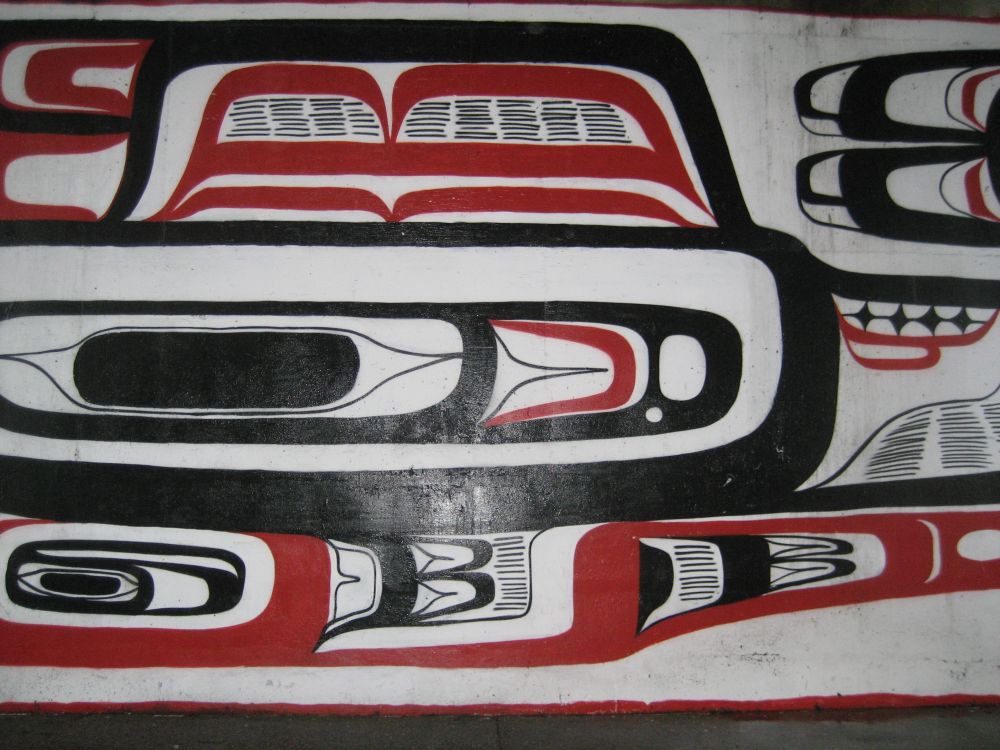

Great question. The problem is, it’s the wrong question to ask. While there are certainly Indians in North America, the Indians of this particular question don’t exist. The Indians of this question are “the Indian” that Canada and the United States have created for themselves. And as long as the question is asked in that way, there will never be the possibility of an answer. Better to ask what the Lubicon Cree of Alberta want or the Brantford Mohawk of Ontario or the Zuni of New Mexico or the Hupa of northern California or the Tlingit of Alaska.
But I’d just as soon forget the question entirely. There’s a better question to ask. One that will help us to understand the nature of contemporary North American Indian history. A question that we can ask of both the past and the present.
What do Whites want?
No, it’s not a trick question. And I’m not being sarcastic. Native history in North America as writ has never really been about Native people. It’s been about Whites and their needs and desires. What Native peoples wanted has never been a vital concern, has never been a political or social priority.
The Lakota didn’t want Europeans in the Black Hills, but Whites wanted the gold that was there. The Cherokee didn’t want to move from Georgia to Indian Territory (Oklahoma), but Whites wanted the land. The Cree of Quebec weren’t at all keen on vacating their homes to make way for the Great Whale project, but there’s excellent money in hydroelectric power. The California Indians did not asked to be enslaved by the Franciscans and forced to build that order’s missions.
What do Whites want?
The answer is quite simple, and it’s been in plain sight all along. Land.
Whites want land.
Sure, Whites want Indians to disappear, and they want Indians to assimilate, and they want Indians to understand that everything that Whites have done was for their own good because Native people, left to their own devices, couldn’t make good decisions for themselves.
All that’s true. From a White point of view at least. But it’s a lower order of true. It’s a spur-of-the-moment true, and these ideas have changed over time. Assimilation was good in the 1950s, but bad in the 1970s. Residential schools were the answer to Indian education in the 1920s, but by the twenty-first century governments were apologizing for the abuse that Native children had suffered at the hands of Christian doctrinaires, pedophiles, and sadists. In the 1880s, the prevailing wisdom was to destroy Native cultures and languages so that Indians could find civilization. Today, the non-Native lament is that Aboriginal cultures and languages may well be on the verge of extinction. These are all important matters, but if you pay more attention to them than they deserve, you will miss the larger issue.
The issue that came ashore with the French and the English and the Spanish, the issue that was the raison d’être for each of the colonies, the issue that has made its way from coast to coast to coast and is with us today, the issue that has never changed, never varied, never faltered in its resolve, is the issue of land. The issue has always been land. It will always be land, until there isn’t a square foot of land left in North America that is controlled by Native people.
At the Lake Mohonk conference in October of 1886, one of the participants, Charles Cornelius Coffin Painter, who served as a lobbyist for the Indian Rights Association, pointed out the obvious, that the treaties made with Native people had been little more than expediencies. In his talk, Painter quoted General William Tecumseh Sherman, who had said that treaties “were never made to be kept, but to serve a present purpose, to settle a present difficulty in the easiest manner possible, to acquire a desired good with the least possible compensation, and then to be disregarded as soon as this purpose was tainted and we were strong enough to enforce a new and more profitable arrangement.”
This is the same General Sherman who philosophized that “The more Indians we kill this year, the fewer we will need to kill the next.”
Painter didn’t necessarily agree with Sherman, but he understood that the overall goal of removals, allotments, treaties, reservations and reserves, terminations, and relocations, was not simply to limit and control the movement of Native peoples, but more importantly to relieve them of their land base.
Land. If you understand nothing else about the history of Indians in North America, you need to understand that the question that really matters is the question of land.
Excerpted from The Inconvenient Indian: A Curious Account of Native People in North America. Copyright ? 2013 Thomas King. Published by Anchor Canada, a division of Random House of Canada Limited. Reproduced by arrangement with the Publisher. All rights reserved.
TIMES COLONIST
APRIL 4, 2013
Re: “Racist letter shows need for education, First Nations say,” March 29.
Regarding the publishing of a letter about aboriginal people in the Nanaimo Daily News, I would like to throw in my few cents’ worth.
Granted, people rarely share the same value or opinion on politics, religion and other topics of the day, including the way society may be divided on questions pertaining to the First Nations people.
However, Canada was home to the aboriginal people long before white folk sailed across the ocean and stepped onto its soil. The Indian population at that time had an infrastructure that worked: talent in reading the signs in nature and an amazing ability to survive in an often-harsh environment. They lived with nature and did not exploit the land and sea for greed or money.
I remember well a trip to the Royal B.C. Museum in the early 1970s. In one section, a large display showed how the Indian hunters designed a fish ladder. It was so intricate, my husband commented on the engineering skills involved in constructing it.
The person who wrote that letter should research history. He will discover that since the first white people arrived, they have contributed significantly to the disputes and unrest we all now must confront and resolve. The solution will not be an easy one.
Margaret J. Jestico
Saanichton
© Copyright 2013
Idle No More protests a yell for attention
Revisit Chretien's Royal Commission on Aboriginal Peoples to see how little has changed for Canada's aboriginal people
By Stephen Hume, Vancouver Sun
Read more: http://www.vancouversun.com/news/Idle+More+protests+yell+attention/7837989/story.html#ixzz2Ku3cQULA
© Copyright (c) The Vancouver Sun
Constantly moving goalposts and an apparently incoherent strategy leaves First Nations leadership divided and governments confused by rhetoric that ranges from the bellicose to the banal, yet politicians and pundits who lament the Idle No More movement's lack of focus are missing the point.
Idle No More has much in common with the visceral opposition to a proposed bitumen pipeline from Alberta's oilsands across pristine northern British Columbia, whose eruption so shocked politicians and giant energy corporations.
Contrary to the claims by conservative think tanks and conspiracy theorists, the hostile pipeline reaction was anything but organized. Yet, if you know B.C. history, it was entirely predictable and represented an emotional response that coalesced around a festering issue: a perception of cavalier attitudes toward environmental values that ran counter to powerful public feeling in Canada's greenest province.
In many cases, the environmental values that were trampled in the greedy stampedes to resource riches were shared by First Nations. Not surprisingly, then, one of the key motivating elements in the Idle No More movement is a hostile response to cavalier attitudes toward environmental assessments as expressed in recent federal legislation.
Supposedly these "reforms" are intended to streamline the assessment process. But they are perceived as an intention to make it easier for resource extraction companies to get what they want at the expense of both First Nations and the environment.
Voila, a grassroots opposition coalesces, finds traction with the broader public and then attracts other factions with other grievances and concerns - political, social, economic and cultural. Some of those factions are self-interested opportunists; some are naive sentimentalists; many are honestly concerned and have valid fears and frustrations.
So, no, Idle No More isn't an orchestrated political campaign with a clear agenda. It's an emotive crie de coeur born of frustration and resentment at being patronized, condescended to and otherwise dismissed by powerful interests and their perceived influence upon politicians at the expense of ordinary folk.
Opportunists and propagandists notwithstanding, Idle No More also enables an age-old phenomenon of young idealists - the discovery that a good non-violent demonstration is one of the fun parts of living in a democracy; it lets you express your dissatisfaction without things getting too ugly.
The result is a movement that includes everyone from anarchists in search of a cause to comfortable aboriginal academics infatuated with the romance of revolution. (Hence all those bold invocations of the "warrior spirit" from folks holding down cushy Ivory Tower jobs in the mainstream where, as somebody else once pointed out, the infighting is so fierce because the stakes are so small.) As with all these developments, disingenuous opportunists flock to the originally ingenuous bandwagon like fleas to a crippled dog's back. So what? 'Twas always thus.
In my trade, too, the thoughtful analysis has been accompanied by some overwrought hand-wringing and simple-minded silliness from some of us in the punditocracy who seem utterly ignorant of history, hence dire musings about a Riel-like rebellion and the spectre of armed insurgency. Mind you, we are assisted in this nonsense by threats from bloviating and self-important First Nations militants who pontificate about bringing Canada's economy to its knees and so on.
Oh, my, what folly and what short memories we all appear to have.
Revisit the Royal Commission on Aboriginal Peoples of 1996 ordered by the Liberal government of Jean Chretien, one of the really comprehensive documents by which non-aboriginal people may understand the positions, policies and motivations of First Nations governments, and you find this statement in the preamble: "We began our work at a difficult time. It was a time of anger and upheaval. The country's leaders were arguing about the place of Aboriginal people in the constitution. First Nations were blockading roads and rail lines in Ontario and British Columbia."
Indeed, the Innu were camping outside a military base to protest training overflights that ruined caribou hunting and there'd recently been a standoff at Oka over plans to turn a sacred site into a municipal golf course.
"It was a time of concern and distress. Media reports had given Canadians new reasons to be disturbed about the facts of life in many Aboriginal communities: high rates of poverty, ill health, family breakdown and suicide. Children and youth were most at risk."
Gosh, sound familiar? Today we have similar conditions in many communities and not so long ago, developers were threatening to blow up one sacred site, turn another into a garbage dump, turn a pristine fishing lake into a tailings pond, mow down forests and run bitumen pipelines across key salmon spawning rivers.
We've got massive unemployment among First Nations youth while government maunders on about the need to bring in thousands of guest workers.
The Royal Commission, with commissioners drawn from First Nations, francophone and anglophone communities - a first for the nation - sat for 178 days of hearings and examined in great detail the origins of aboriginal peoples' marginalization, poverty, anguish and growing frustration within Canada.
It did so fairly, compassionately and with a great deal of care and intelligence. The commissioners also noted - then, as now - that research repeatedly showed that "Canadians have said they want to see justice done for Aboriginal people."
Then, with one prescient warning, the commissioners offered a sensible and detailed blueprint for addressing the problems.
The warning? Give up on policies of assimilation, whether overt or covert. Attempting to absorb First Nations into Canadian society - a failed 150year strategy for eliminating the problem by causing aboriginals to disappear as distinct peoples, is just not going to happen. Furthermore, as policy it really does carry a potential for future violence born of desperation in the face of extinction.
This fear is what drives militants, the commission warned. The observation is as accurate now as it was then.
The commissioners called for recognition and respect. That's what Idle No More's calls for policies regarding disproportionate and endemic violence against aboriginal women is about. That's what demands for meetings with ranking politicians are about.
"There can be no peace or harmony unless there is justice," the commissioners said. True then, true now.
So, no, Idle No More isn't a strategy, it's a yell for attention. If you seek to understand what the yelling is about and how we should respond - rereading the Royal Commission on Aboriginal Peoples is a good place to start.
shume@islandnet.com
Idle No More apart
Indigenous people across North America are raising their voices as one and speaking in the only way we can hear them.
Imagine someone stole your $1 600 laptop.
You know who it was, but the cops won’t pursue charges. You question the thief. He says he took your laptop because you weren’t using it as much as he does, and that he has a right to it. You made your living using that laptop, and now you are broke. The thief now uses your laptop for his living and is doing very well. You are suffering dire poverty without your work tool.
It was your laptop a few weeks ago. Will it be your laptop still next month? Next year? When will it become not your laptop? Would it ever be so long ago that it doesn’t matter anymore? Do you think you would ever get to the point where you would think, “He was bigger than me, so he had the right to take my laptop?” Probably not.
So why do so many of us European-Canadians use these types of justifications to rationalize our government’s illegal expropriation of indigenous lands and resources?
Indigenous Canadians have suffered through a legacy of abuse through the growth of this nation, from residential schools to the Orwellian legislation of the Indian Act and beyond. But acknowledging the abysmal treatment of indigenous peoples is not the same as saying all non-indigenous people should pack up and leave. Nobody on any side of this dialogue is saying that.
We have to be honest with ourselves about the history and the current situation and move forward. It’s high time we change the way we think about indigenous people. I welcome any Idle No More-type movement that pushes our government to let indigenous people have their rightful seat at the table, a stake in the game and a strong voice. A designated number of seats for indigenous people elected or selected by their own indigenous nations in our national and provincial legislative bodies, proportionate to the percentage of indigenous people in the population, would be a great first step and is already in place in countries like Venezuela and Bolivia. Indigenous access to traditional land and resources must be guaranteed.
Rather than municipal, regional, provincial or federal entities, indigenous nations are just what they sound like: nations. History shows what happens when one nation tries to eradicate another under the guise of “progress.” The outcomes are never pretty, and we’ve had enough of that in this country. We are better than that. We need to be better than this.
Indigenous people across North America are raising their voices as one and speaking in the only way we can hear them. Let’s keep our ears, minds and hearts open to this opportunity for long overdue true dialogue to begin. When it comes to respecting the dignity and rights of indigenous people, the Canadian government has never missed an opportunity to miss an opportunity. Our leaders are capable of doing the right thing, but they need to be pushed from below to do it. This conversation needs to happen today in our homes, schools and worksites. As Winston Churchill once said, “To jaw jaw jaw is always better than to war war war."
http://martlet.ca/2013/02/idle-no-more-apart/
Idle No More’s success is up to all of us
Shannon Corregan / Times Colonist
February 1, 2013
Last week, Attawapiskat Chief Theresa Spence ended her hunger strike of six weeks. As a condition of the end of her strike, members of the Assembly of First Nations met with Liberal and NDP leaders, including interim Liberal leader Bob Rae, to sign a 13-point declaration in support of First Nations issues.
The Conservatives were unsurprisingly absent from this meeting.
Looking back, Spence’s successes seem clear. She became a figurehead of the Idle No More movement, which galvanized local energies into a nationwide movement to raise awareness about aboriginal issues, including the negative environmental impact of the Harper government’s omnibus Bill C-45.
After pressure mounted in the new year, Prime Minister Stephen Harper met with aboriginal leaders (though not Spence) on Jan. 11 to discuss First Nations’ concerns. And now, Spence has ended her strike with the two major opposition parties’ commitment to modernizing Canada’s treaty system.
Spence’s successes are impressive, especially considering Harper’s refusal to do her the credit of acknowledging her or taking a stance against her; indeed, Harper has made a concerted effort to avoid even the mention of Spence’s name for the last seven weeks.
But the Idle No More hashtag is no longer trending on Twitter, momentum is fading and Spence seems to have gone out with a whimper rather than a bang, especially when compared to the activity of the week of Jan. 11 when activists swarmed Parliament Hill with drums and political chants.
So where does this leave us?
If Idle No More’s goal is to convince Canadian politicians to take First Nations concerns seriously, and to raise awareness more generally, then Spence’s strike hasn’t been an unmitigated success. A CBC poll indicates that only four of 10 Canadians understood why people were demonstrating in their malls and blocking their highways — though support for Idle No More is higher on the coasts than it is in the prairie provinces or central Canada.
Moreover, the first point of Spence’s declaration is an “immediate meeting between the Crown, the federal and provincial governments, and all First Nations to discuss treaty and non-treaty-related relationships,” which is something that Harper has already shown he’s uninterested in. Despite his meeting with several AFN members, he has refused to acknowledge the goals of the movement Spence has galvanized.
I had wanted to say that this was nevertheless a good first step toward a national conversation about native issues, but then I rubbed two brain cells together and paused. While Spence’s hunger strike was the first big step in the Idle No More story, it’s not true that this is the first step of the conversation, not when one side has been trying to talk about these issues for more than a century and the other side is still barely listening.
What does it mean for Idle No More when we observe that Harper’s government has been pretending it doesn’t exist?
Not that other federal governments have had a great track record here, but the Conservatives’ reluctance to address Spence is a fair indication of where their priorities lie when it comes to First Nations’ issues.
Is Harper’s bullish indifference to Idle No More an indication of the direction our country will be taking? Or is it the case, as Rae suggests, that Harper’s lack of vision and leadership here has been a misstep? I hope it is proven to be so. I hope that the Conservative stance will reveal itself to be out of touch with what Canada wants for itself.
The hope at the end of the day is that Idle No More has encouraged people to become more educated. The hope is that the 2,000 people who were diverted off the Pat Bay Highway on Jan. 16 went home that day and looked up the Indian Act or the 1969 White Paper.
All colonial nations have a responsibility to shape our futures in ways that are responsible, respectful and fair. This requires that every citizen is educated about who we are, and what kind of relationship our government has with the people on whose lands we now live.
Idle No More has, I hope, made some steps in promoting greater awareness. Heck, they got Stephen Harper to meet with the AFN, even if he did do reluctantly.
So have they been successful? I guess that’s up to us.
© Copyright 2013
BY / Times Colonist January 24, 2013
Though First Nations People are the group most seriously and significantly ignored by governments, the Idle No More movement is relevant to all of us.
Elections are becoming exercises in frustration. Federal and provincial governments now primarily represent the interests of business, particularly big business. We are losing our democracy.
Here is what is needed to start reclaiming democracy in Canada.
• Reform our electoral system. No political party should be able to form a “majority government” with a minority of voter support, as is currently the case.
• Review and strengthen laws preventing financial support of political parties, political candidates and politicians. We do not need institutionalized bribery.
• Pass legislation to create more equitable income among citizens. The simplest means is to raise income taxes on the very wealthy, but other measures are available. More equitable distribution of wealth has numerous benefits, from bolstering democracy to reducing crime and improving everyone’s health.
• Make more use of citizens’ assemblies, and make their recommendations binding, at least on a trial basis. I am no fan of B.C.’s ex-premier Gordon Campbell, but give him credit for creating, for a short moment, the most enlightened form of participatory democracy any country has seen in centuries.
What we can do is to discover before the next election which party can be trusted to carry out these reforms, and others, and vote for it. Without reforms, Idle No More could become a much more widespread and intense revolution.
Philip Symons
Victoria
© Copyright 2013
Times Colonist
January 17, 2013
Re: “Protesters set to block Pat Bay Highway today,” Jan. 16.
I am not in favour of blockades, but I do agree with Murray Sampson that many of the Idle No More objectives apply to all Canadians and not just First Nations.
The federal government, by introducing and passing Stephen Harper’s omnibus bills, particularly Bill C-45, with little regard for consultation with those affected or the amendments of the opposition, has created a large number of disaffected groups. These groups include environmentalists, scientists of all stripes, food inspectors, fishers, chambers of commerce — the list goes on, but significantly First Nations.
It would be expedient for all groups to unite under one banner, one leader to try to persuade Harper that his blinkered view of Canadians, his disregard for opinions other than his own, his devious omnibus bills are not in the best interests of the populace. It is too long to wait for a change via the ballot box.
To his credit, Harper wants a Canada that is economically stable and successful, but I believe that can be achieved by sharing resource development, acknowledging scientific fact and acting on it, understanding the environment, listening to opposing points of view and respecting treaty rights.
The crux of this debacle is a lack of respect for the citizens on the part of the federal government.
Barbara Knight
Victoria